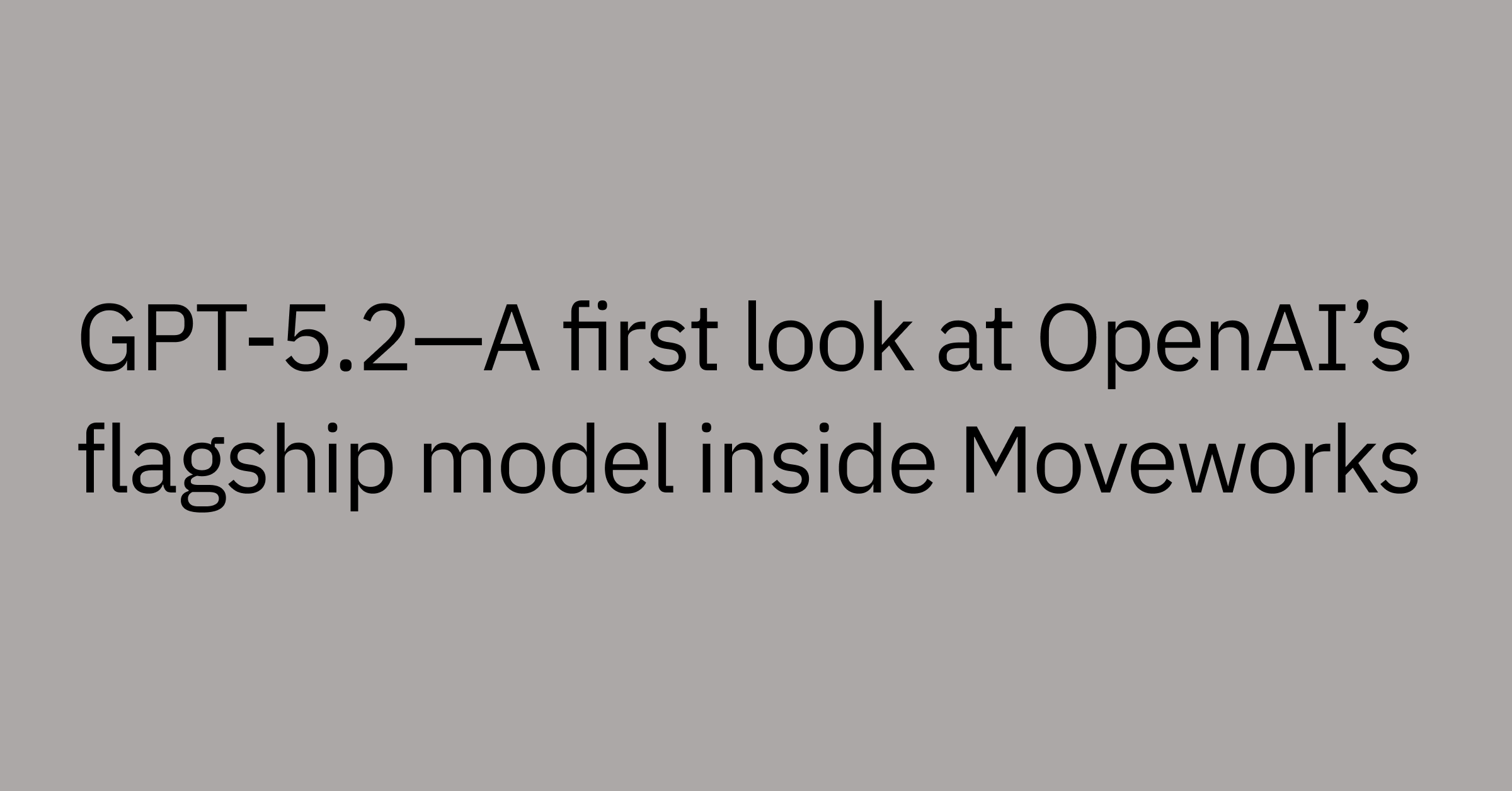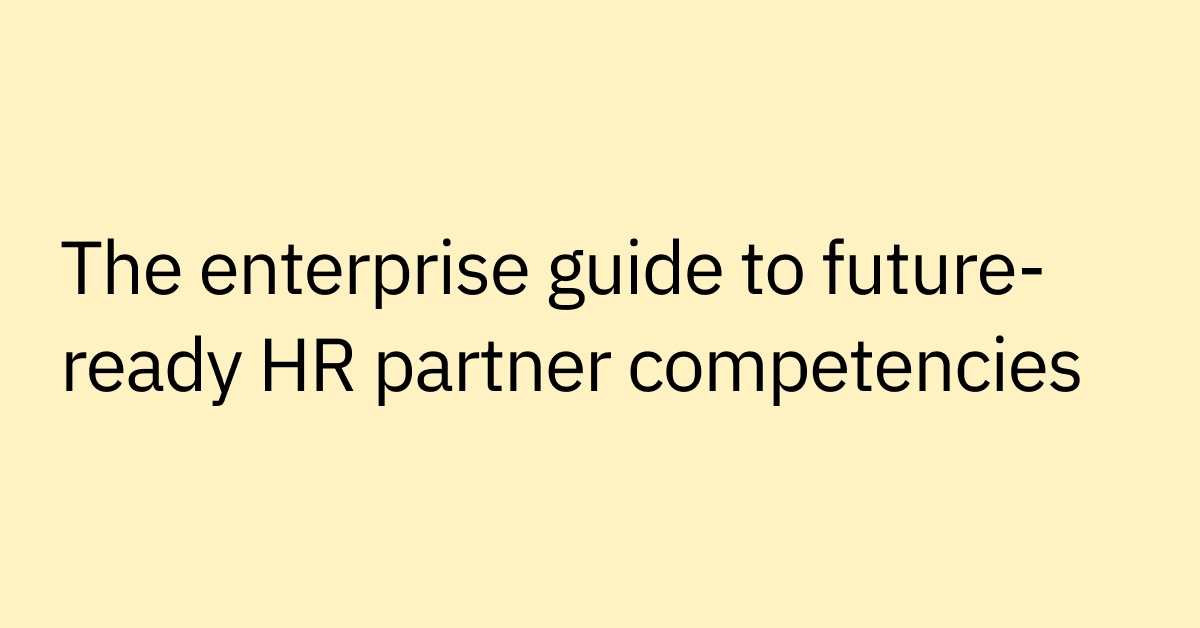Table of contents
Businesses are facing a productivity plateau due to the complexity of managing countless SaaS applications. Moveworks’ Agentic Automation Engine offers a breakthrough, allowing AI agents to turn natural language into efficient actions. By streamlining development with tools like Generative Manifest and Slot Resolver, this new approach is able to simplify automation and unlock greater productivity across organizations.
Want to dive deeper into how AI agents are able to unlock productivity gains for your business? Download the full white paper to see how Moveworks is making it happen.
The productivity plateau
Since the dawn of computing, businesses embraced technology to improve the efficiency of their operations and the productivity of their employees. With the first boom of personal and cloud computing, enterprises heavily invested in SaaS applications to serve business needs.
Today, the typical enterprise has 1000+ applications, each with its own user interface. When combined with the myriad internal portals and intranets, the resulting sprawl of application interfaces may often result in confusion and low utilization by employees. As a result, productivity gains from digital transformation investments stalled, and economists await a second boom to revitalize technology-driven productivity.
This plateau is Econ 101: the law of diminishing marginal utility. That is to say, every incremental piece of software contributes increasingly less to productivity. Employees find themselves juggling dozens of applications, portals, and processes. SaaS tools can slow down work and deepen inefficiency due this anarchy of applications. As a consequence, businesses may have to employ experts in the back office to get their processes moving again.
The rise of agentic AI
In this regard, AI agents present a new automation paradigm. Unlike traditional SaaS applications which expect users to discover and navigate interfaces, AI agents use large language models (LLMs) to perform automations for users.
A user simply describes the task they want to accomplish, and an AI agent understands the goal, develops a plan, and makes relevant tool calls (aka function calls) to accomplish the user’s task. Such systems are often called agentic AI systems — as defined by the reasoning, planning, and tool-calling abilities exhibited by these systems.
If successful, agentic AI systems are able to make businesses significantly more efficient and employees more productive.
Traditional Applications | Agentic Applications | Business Outcomes |
Developers build portals & hope employees find intake forms. | AI agents find the right automation based on the user’s need. | Downsize support staff required to navigate employees to resources |
Employees have to go to sift through emails & portals to find pending tasks | AI agents aggregate a single view of all tasks | Fewer tasks are dropped or ignored |
Developers build a user interface for every type of task | AI agents can dynamically generate the perfect interface for each task | Higher quality, more informed decisions are made |
Developers pre-build & maintain static workflows. | AI agents combine smaller automations to fit user needs on-the-fly | Less developer time spent on editing workflows. |
However, despite the advances in reasoning abilities of LLMs, we have not yet seen agentic AI deliver against this vision.
Agentic AI needs a new class of tools
An AI agent needs to be able to reason, plan, and act.
The world’s leading LLMs like OpenAI’s o1, Anthropic’s Claude 3.5, Google’s Gemini Pro 1.5 are increasingly more powerful (larger context windows, better reasoning, more modalities). This enables reasoning and planning to scale, but there’s more to building AI agents.
Developers assumed that the tool calling capabilities of LLMs could be used to act with the same APIs that carry out actions in business systems. The reality is that existing APIs and integration platforms were never designed for use by LLM-based AI agents.
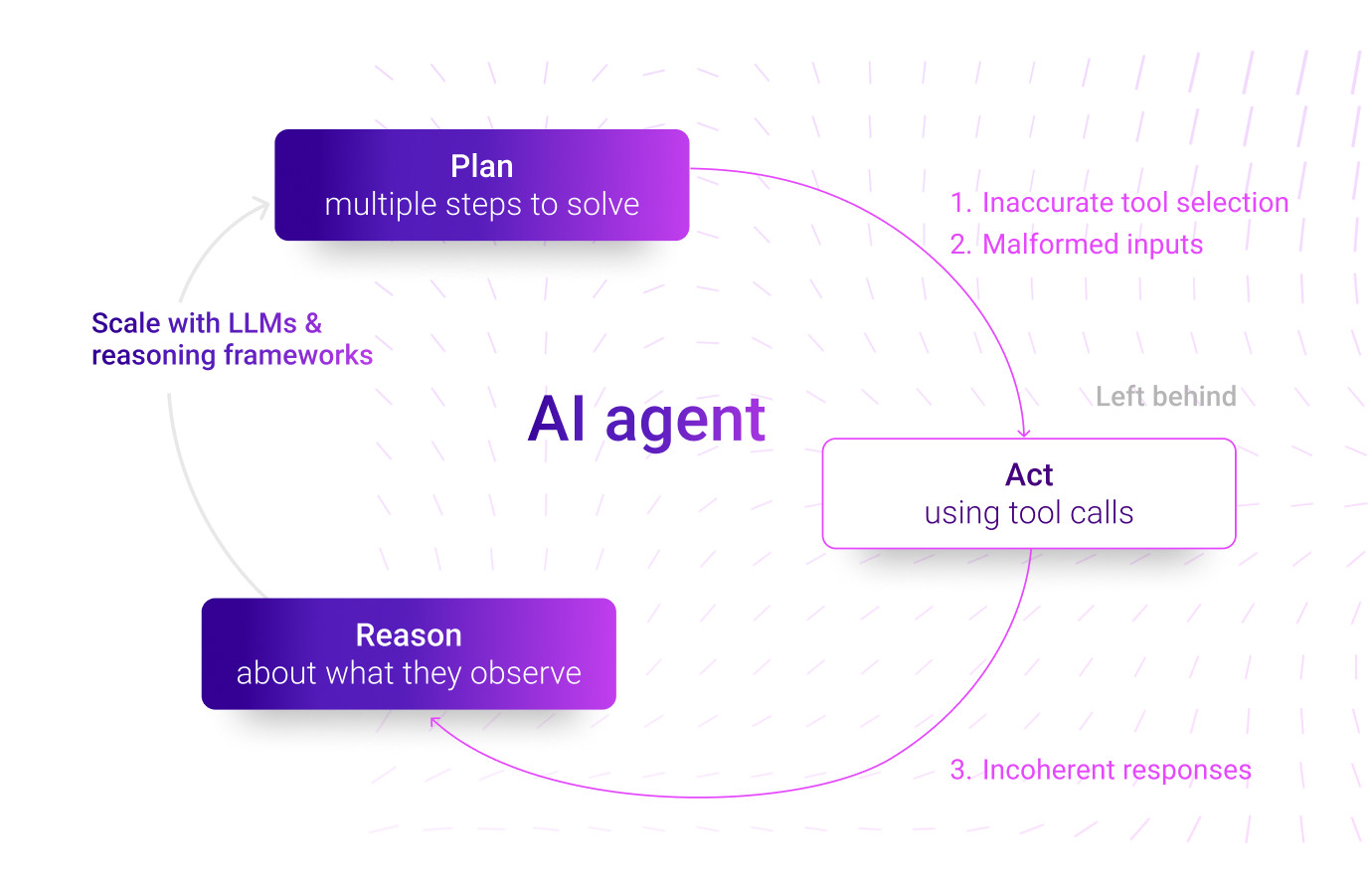
Traditional automation platforms are designed to connect APIs (which are precise and deterministic) to other APIs. But AI agents connect human language (which is imprecise and ambiguous) to APIs.
Let’s take a simple example. Say I want an agent that can help me manage tasks (create new tasks, update existing tasks, reassign tasks, etc.). To build such an agent, you can imagine that we need to expose a Reassign Task API. Which needs (1) a task ID and (2) a user ID to assign it to.
But human language is messy. There are dozens of ways that your users will specify these inputs:
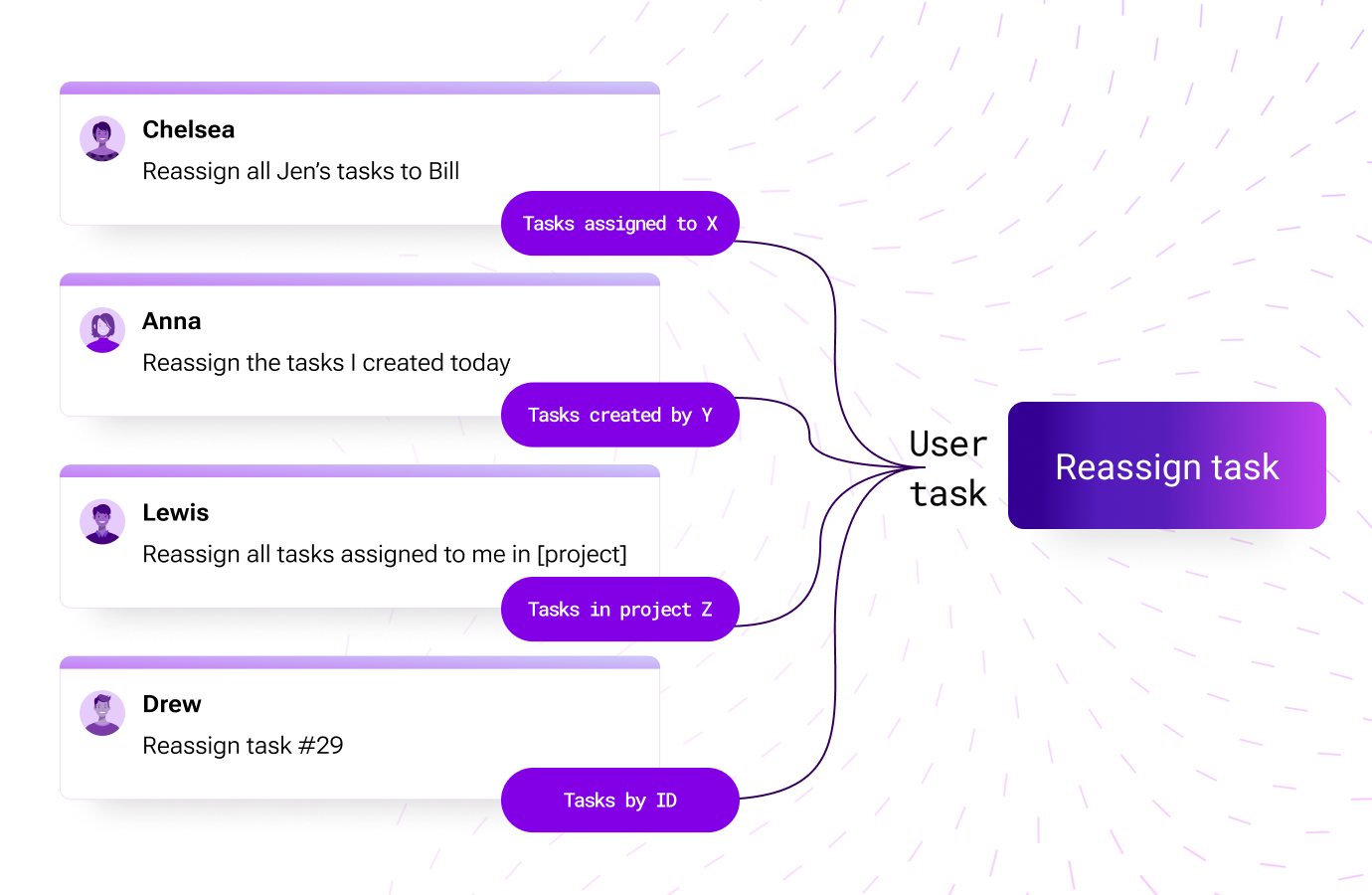
Limitations like these are why REST APIs and traditional automation platforms were not built to be used by AI agents. They often lack critical capabilities required to overcome challenges with inaccurate tool selection, malformed inputs, and incoherent responses.
Without the right set of primitives, developers are forced to make iPaaS’ round peg fit into agentic AI’s square hole. As a result, developers try to patch the gap with an inordinate amount of excess, unmaintainable, unscalable code (tech debt), just to produce inferior results.
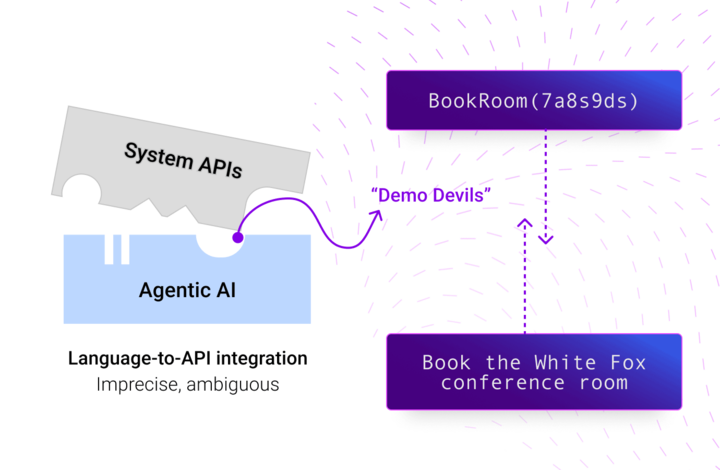
That whitespace between System APIs and agentic AI systems represent the “not quite ready” reality of developing AI agents today. This is where the Demo Devils live.
When it comes time to deploy an AI agent to hundreds or thousands of employees, “It worked in my sandbox” isn’t a valid answer when things go wrong. The investments that businesses are making in AI agents seldom see the light of day – they often remain trapped as science projects and demos because they lack the robustness & maturity to be confidently deployed across the business.
The whitespace is the reason why AI agents have yet to proliferate. AI agents will not reach their full potential while they are limited by traditional automation platforms.
Unleash AI agents with Agentic Automation
To empower developers to breakthrough the limitations of traditional automation platforms, Moveworks has designed a new Agentic Automation Engine.
The Agentic Automation Engine is engineered from its core to build automations that are able to bridge language from agentic AI and structured data from business systems. This Agentic Automation Engine is the new heart of Creator Studio, where developers build AI agents on the Moveworks platform.
With this, developers will be able to build powerful AI agents that can handle more complex tasks than AI agents powered by a traditional automation engine. Developers will be able to build AI agents faster, with a tenth of the code compared to traditional approaches. Best of all, developers are able to centralize all development in one platform, eliminating code sprawl and simplifying deployment practices.
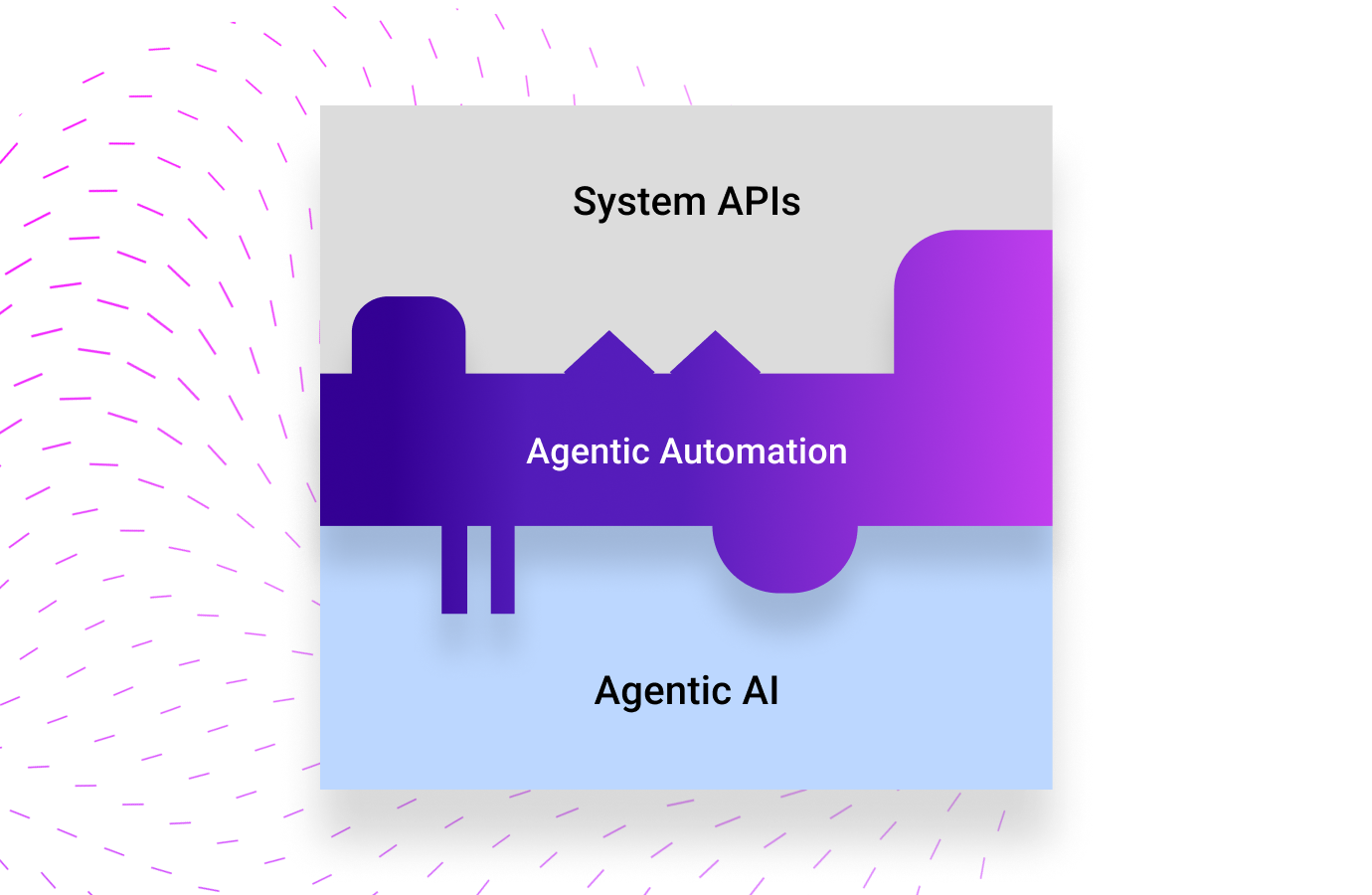
Using the Agentic Automation Engine, developers will build plugins which Moveworks AI Assistant uses. Plugins come packed with some key features:
Manifest Generator
A novel approach to interfacing with LLMs that goes beyond just prompts and utterances. It analyzes plugins (agentic automations), generates a precise manifest of plugins, and dynamically adjusts prompts to help the AI agent understand the nuances between plugins and how to map them to user requests more effectively.
Before this, developers had to learn how to do prompt engineering and prompt tuning to get the desired behavior.
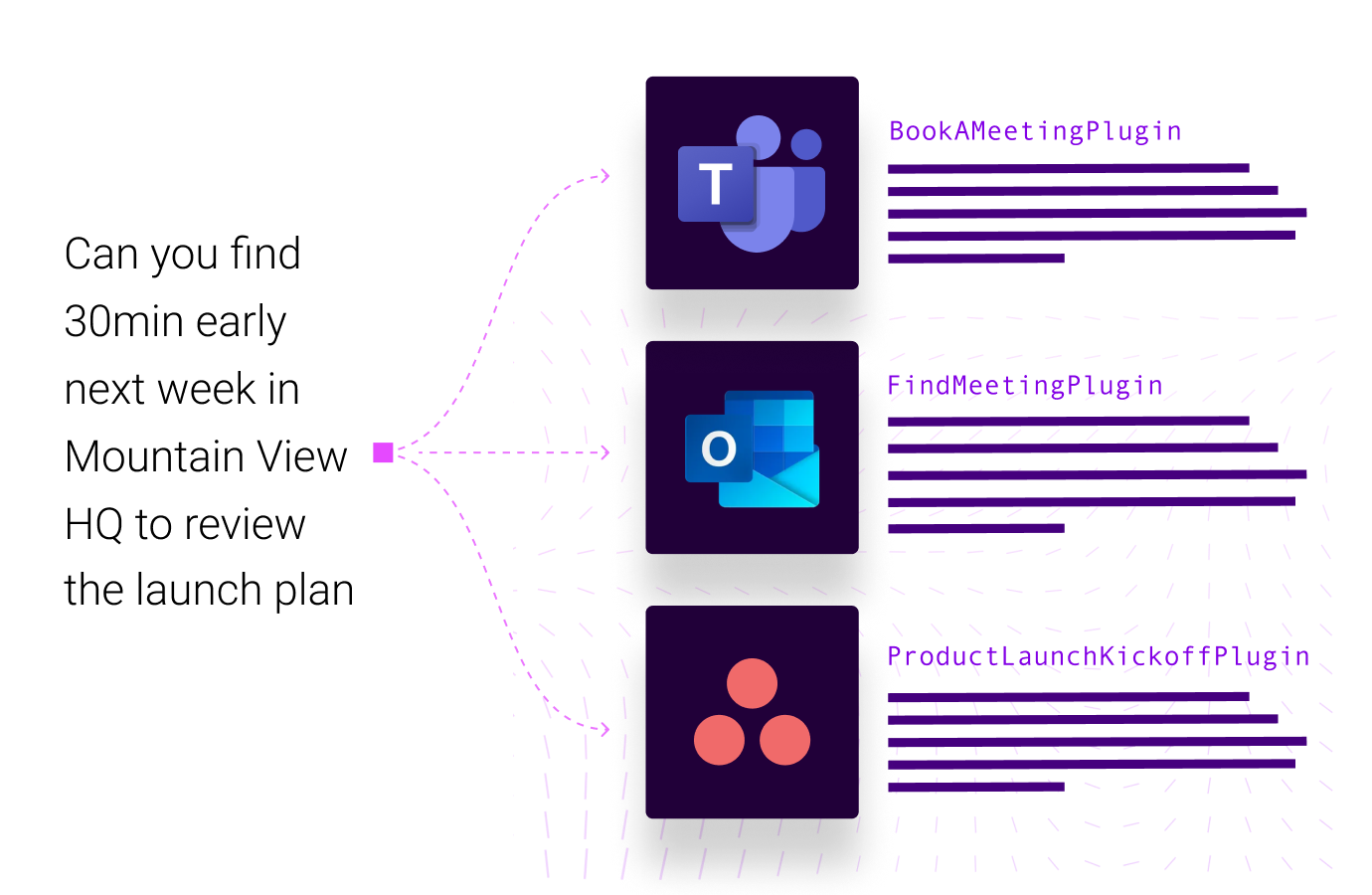
Slot Resolvers
A new technique that empowers agentic AI systems to convert natural language into reliable, API-friendly IDs. For example, it will convert “the ACME account” into its Salesforce ID “00ORd0000040V9ZMAU”. This allows AI agents to correctly identify business objects and execute tasks successfully.
Before this, developers had to try to parse text and manipulate strings inside their iPaaS which was unreliable and led to unexpected results.

Policy Validators
LLMs manage ambiguity well, but their instructions may be misunderstood, or worse, jailbroken. Business rules are rules. You don’t want anyone booking a 20-person room for a 2-person meeting. You don’t want employees submitting expenses over $100 without a business justification. Our policy validators are able to add an additional layer into our Reasoning Engine that enforces these policies — no matter how many you add.
Before this, developers would try to add instructions in natural language, but the model would often misinterpret their instructions or fail to enforce it properly.
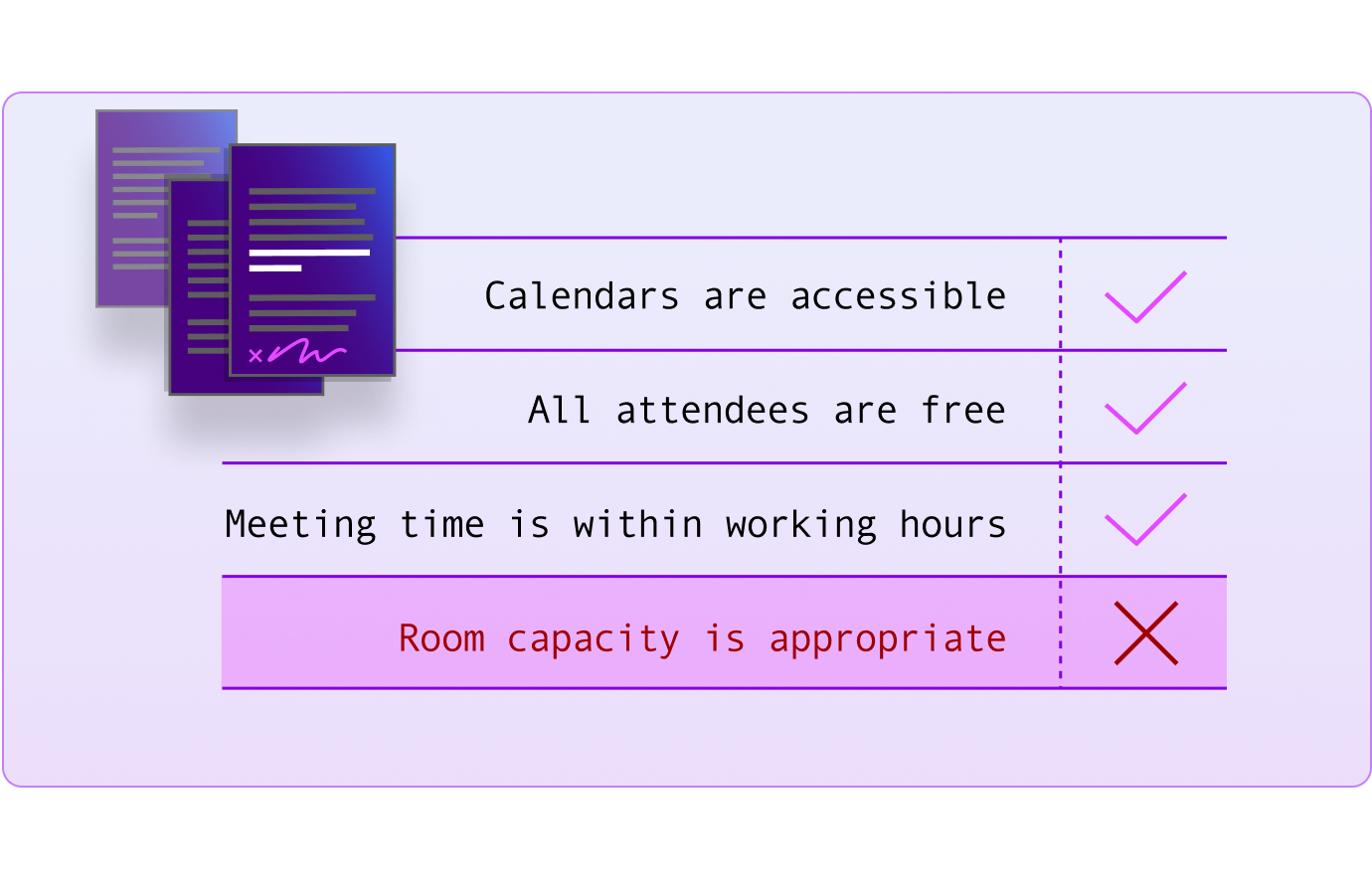
Action Orchestrator
A deeply-connected integration technology that informs the Reasoning Engine about the actions that are planned, in-progress, and complete. This approach lets developers focus on building a working prototype, and lets our Reasoning Engine handle all dialog generation, edge cases, and failures.
Before this, developers had to build all the error handling logic and come up with custom dialogs for every scenario.
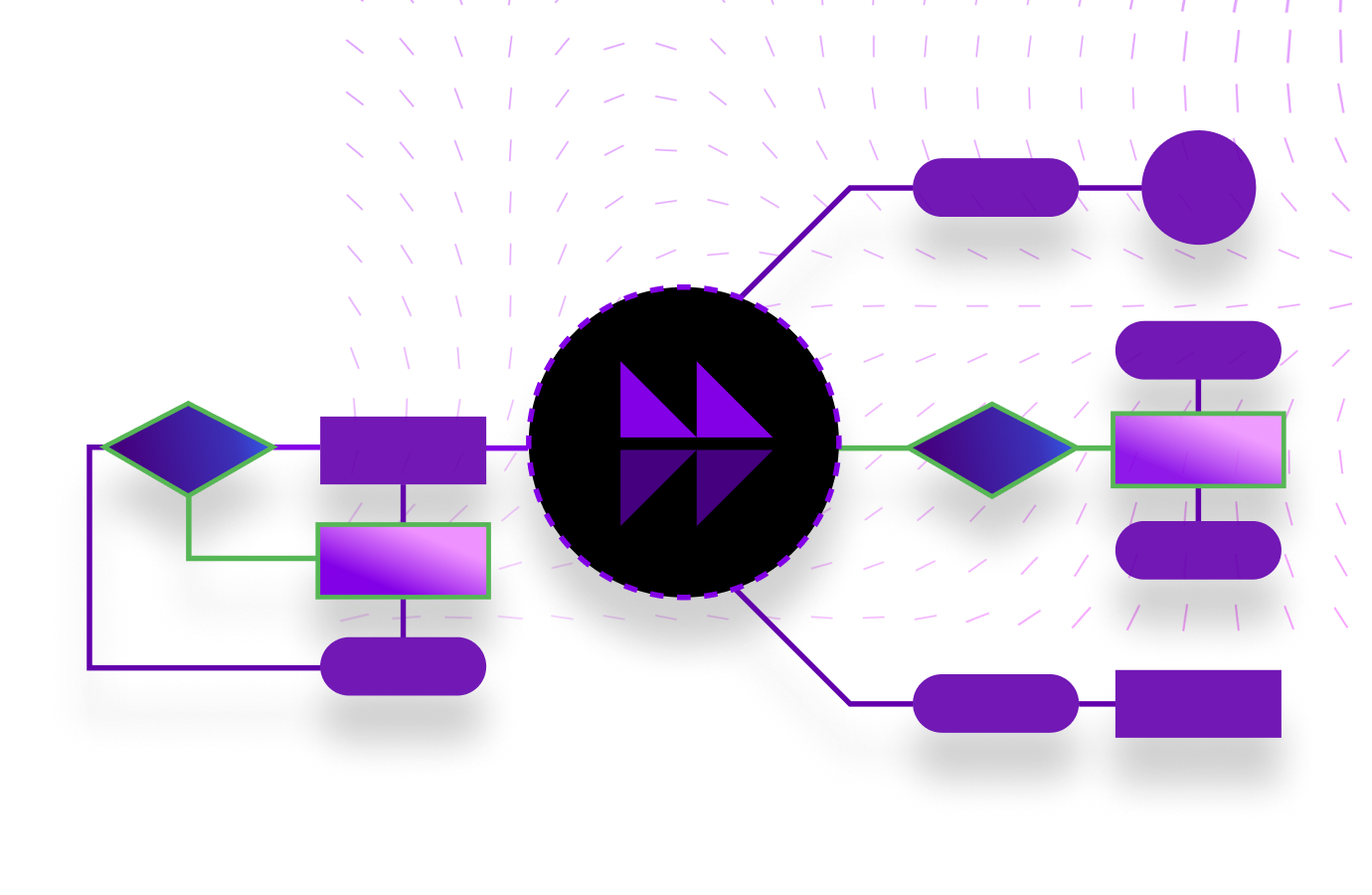
To learn more about these incredible technologies and how they stand apart from their traditional automation counterparts, dig into our whitepaper here.
The next era of automation
These capabilities will be made available to all Moveworks customers at no additional cost.
This release brings forward our vision for Moveworks as the platform for AI agents. When combined with the industry-leading Agentic Reasoning Engine, this new Agentic Automation Engine supercharges a developer’s ability to bring new agents to life. Every persona, every SaaS application, and every line of business deserves to have an AI agent powered by Moveworks. Further, this release eliminates the need for traditional automation platforms when building AI agents with Moveworks.
As we look to the future, we look forward to seeing our developer ecosystem multiply manifold and truly deliver what enterprises need most: one copilot for every business system.
See how you can bring AI agents to life. Register for our webinar.

